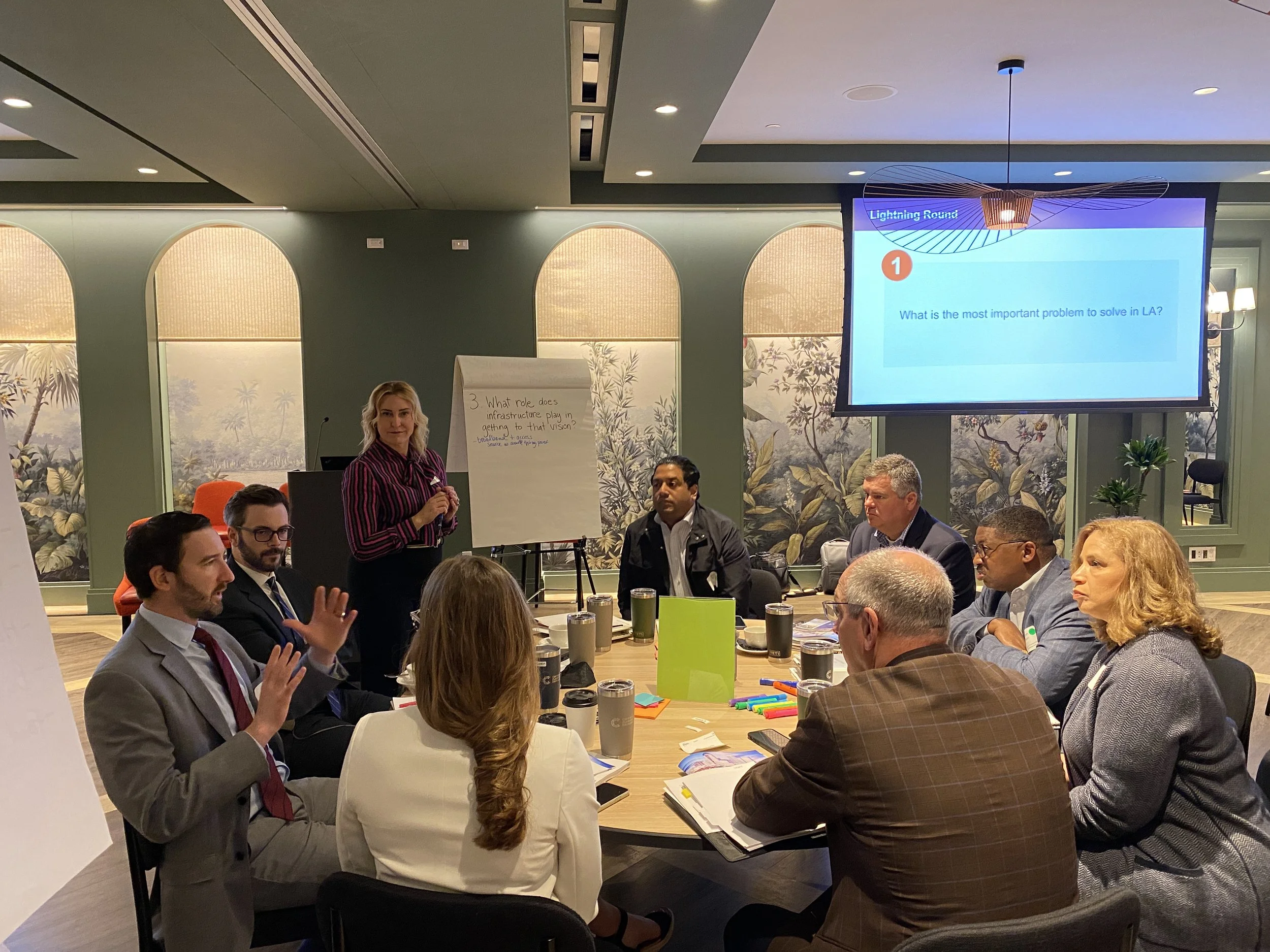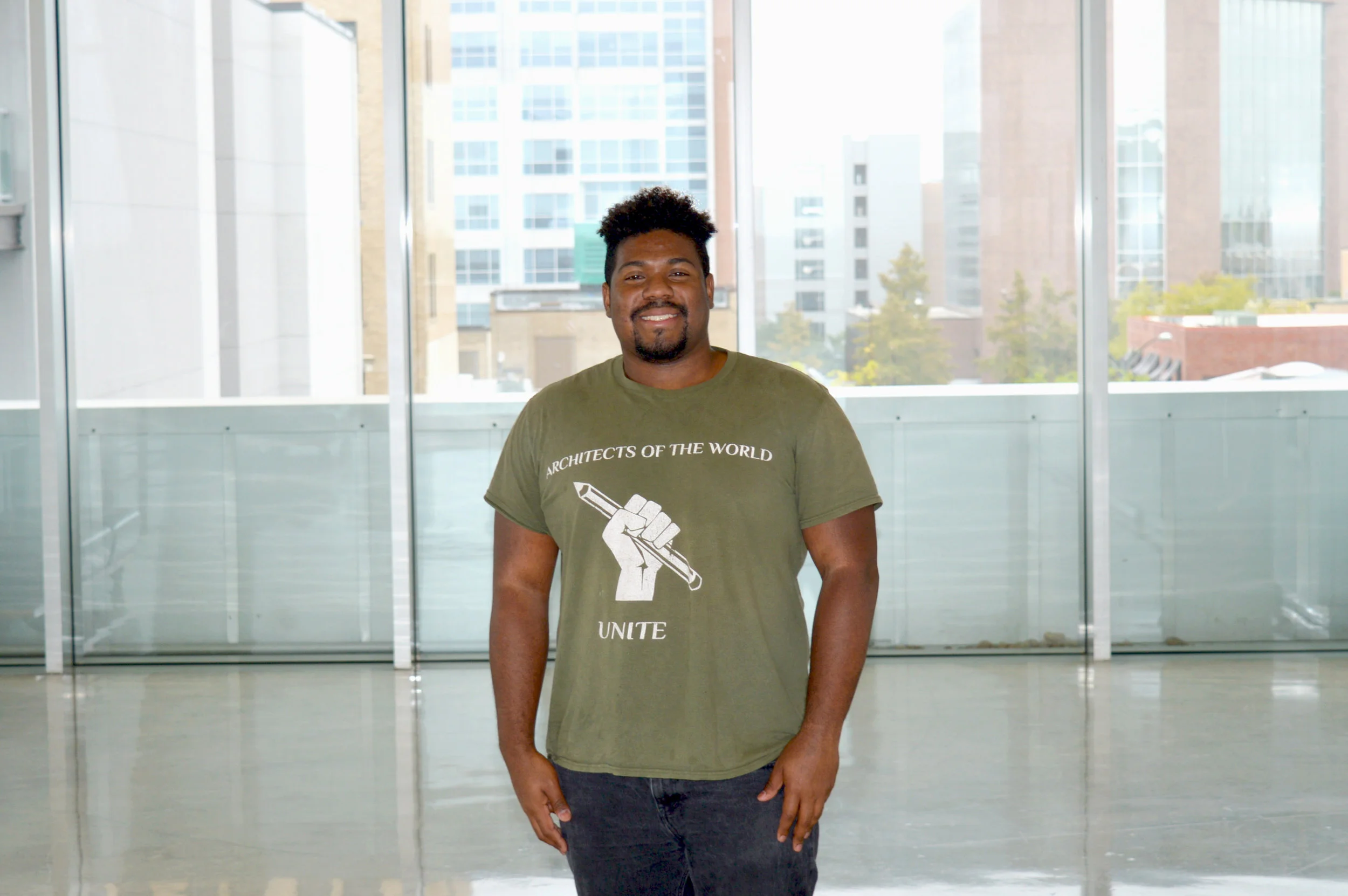Louisiana is no stranger to the wrath of Mother Nature – hurricanes, flooding, and coastal erosion have long plagued our communities, leaving us to adapt and rebuild time and time again. However, this past summer, Louisiana faced an unexpected and unprecedented threat: wildfires, fueled by extreme heat, strong winds, a high-pressure heat dome, and one of the most severe droughts in our recorded history.
The City of Gonzales recently became the second city in Louisiana to develop its own climate action plan. Gonzales is leading by example and has taken this step toward climate resilience with an even larger goal in mind: aligning their efforts with Louisiana’s Climate Action Plan to reduce greenhouse gas emissions by 40-50% by the year 2030, and to have net-zero emissions by 2050.
Last week, the Supreme Court ruled 6-3 to restrict the ability of the Environmental Protection Agency to regulate carbon emissions. In a nutshell, the EPA no longer has the authority to mandate that energy companies shift to cleaner sources in order to cap carbon emissions. That responsibility now falls to Congress – a political body beholden to many interests other than understanding and curbing climate change effects.
In his address to state leaders and agency executives at the Resilient Infrastructure Workshop held in March, Governor John Bel Edwards described the Infrastructure Investment and Jobs Act as a “once in a generation opportunity to realize a more resilient and equitable future by strengthening Louisiana’s built environment and positioning the state for future economic success,” and issued a call to take action, stating, “We all have a role to play, and we must rise to the occasion.”
Louisiana, this is an urgent moment. Our position on the front lines of climate change has never been more vulnerable, as the recent study from the UN Intergovernmental Panel on Climate Change makes clear. We have limited time left to reduce greenhouse gas emissions and preserve our planetary health so that our way of life on the Gulf Coast remains possible.
Oscar Almengor, CPEX’s newest intern, discusses his goals in architecture, his hopes for his time at CPEX and his plan for the future.
Joni Emmons discusses how she brings together her appreciation of design, culture and landscape as a designer at CPEX to celebrate beautiful, functional places in our state.
How many children decide they want to grow up to be a planner? Edward Anthony did.
Through a grant provided by AARP, CPEX worked with the Department of Public Works and BREC to build on the improvements already happening at Longfellow Park.









